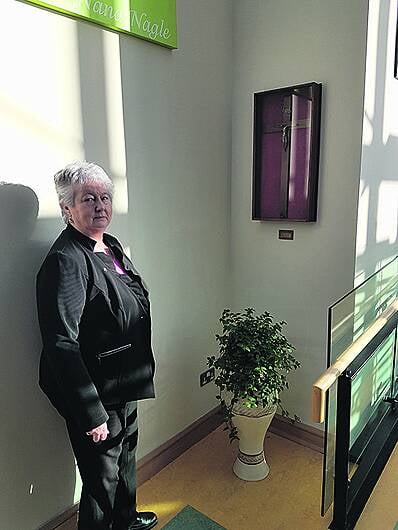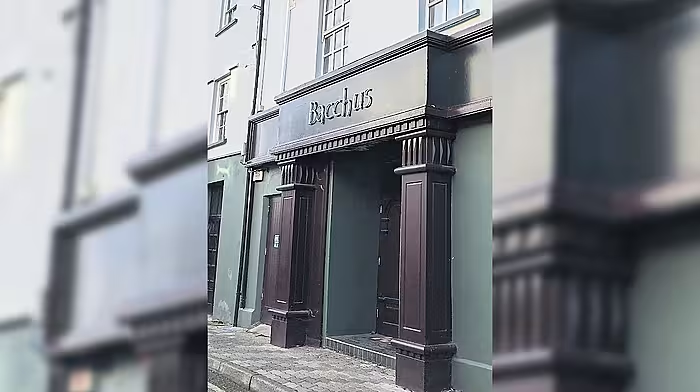A Ballinspittle man has made a unique discovery – a holy relic made from a hinged famine coffin that came from Bantry.
A BALLINSPITTLE man has made a unique discovery – a holy relic made from a hinged famine coffin that came from Bantry.
Gerard McCarthy learned about the timber cross when he was doing research for his Famine Exhibition, which opens at the Stephen’s Green Shopping Centre on April 15th and runs until October 15th.
Hinged, or sliding, coffins had a false bottom so they could be re-used many times when transporting the dead from the workhouse, or where they fell, to the famine plots.
The cross was made by Dr Thomas Willis, a Dubliner, who served as a guardian of the Famine workhouse in Bantry at that time.
Dr Willis was a founding member of the St Vincent de Paul charity in 1844 and served as one of two Poor Law inspectors in Bantry.
Although there is a perception that there are very few Famine artefacts in existence, Gerard said he is finding ‘more and more,’ including an original cart that was used to take the coffins from the work-house to the grave.
Gerard said: ‘Lots of people are aware that Skibbereen town was the epicentre of what was the biggest catastrophe in Irish history and I thought the readers of The Southern Star would be interested in learning about the origins of the cross.’
He said there is an inscription written by Dr Willis on the reverse side of the cross. It states: ‘During the frightful plague, which devastated a large proportion of Ireland in the years 1846-47 – that monstrous and unchristian machine ‘a sliding coffin’ was from necessity used in Bantry Union for the conveyance of the victims to one common grave.
‘The material of this cross, the symbol of our redemption, is a portion of one of the machines, which enclosed the remains of several hundreds of our countrymen during the passage from the wretched huts or wayside where they died, to the pit into which their remains were thrown.’
Dr Willis gave the Cross to Canon O’Rourke who added a metal figure of Jesus to the front and subsequently entrusted it into the care of the Presentation Sisters in Kildare, who value it as a prized possession.
----









